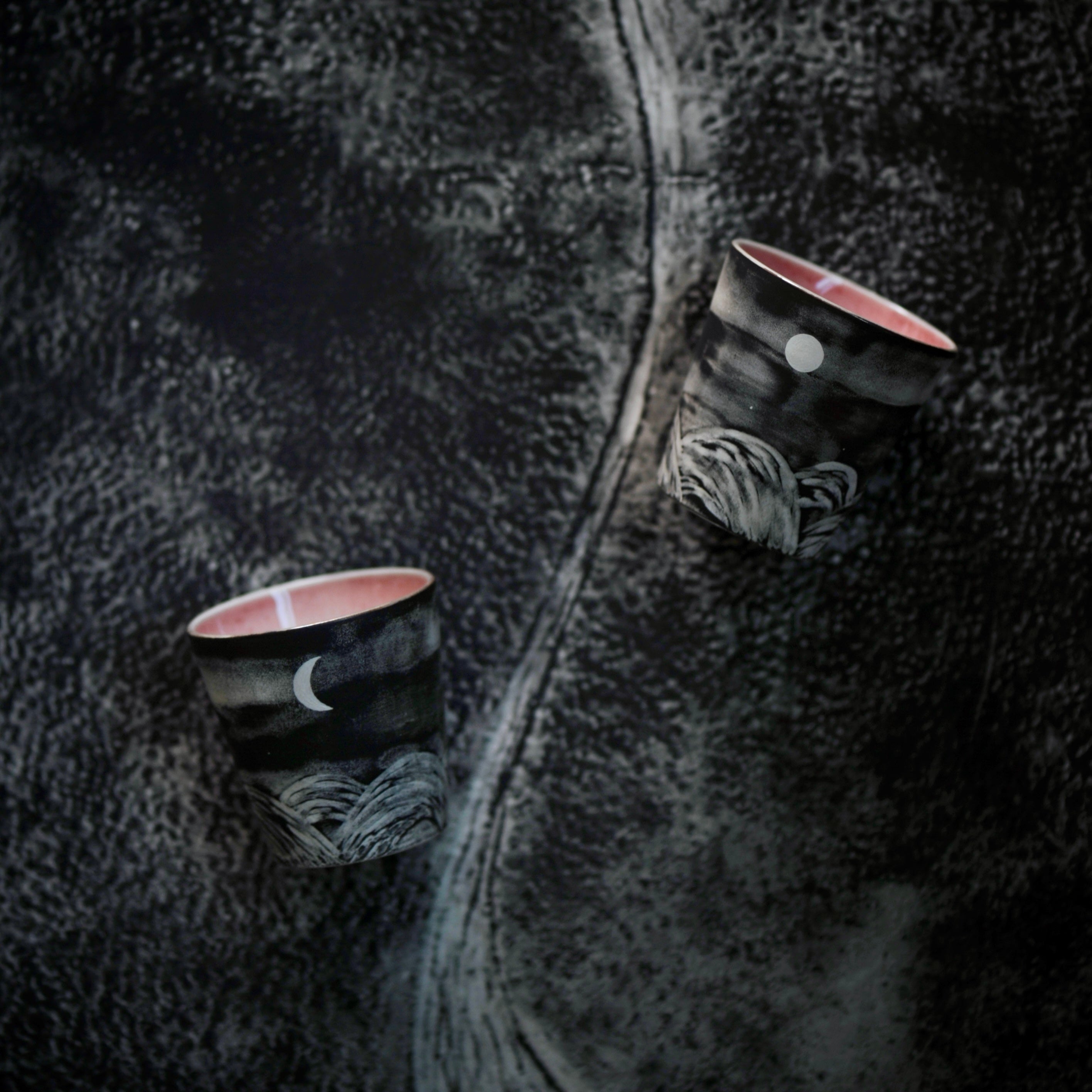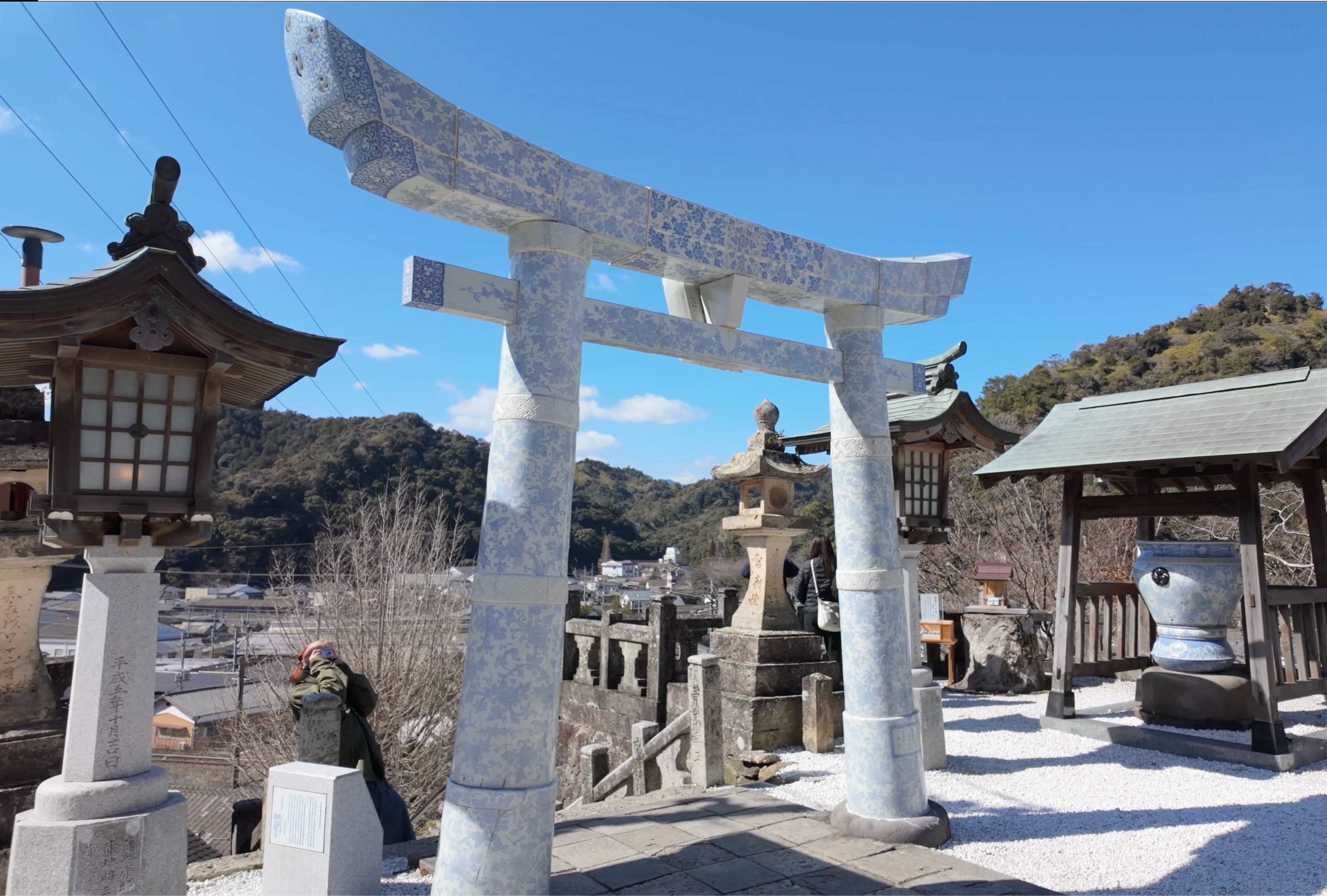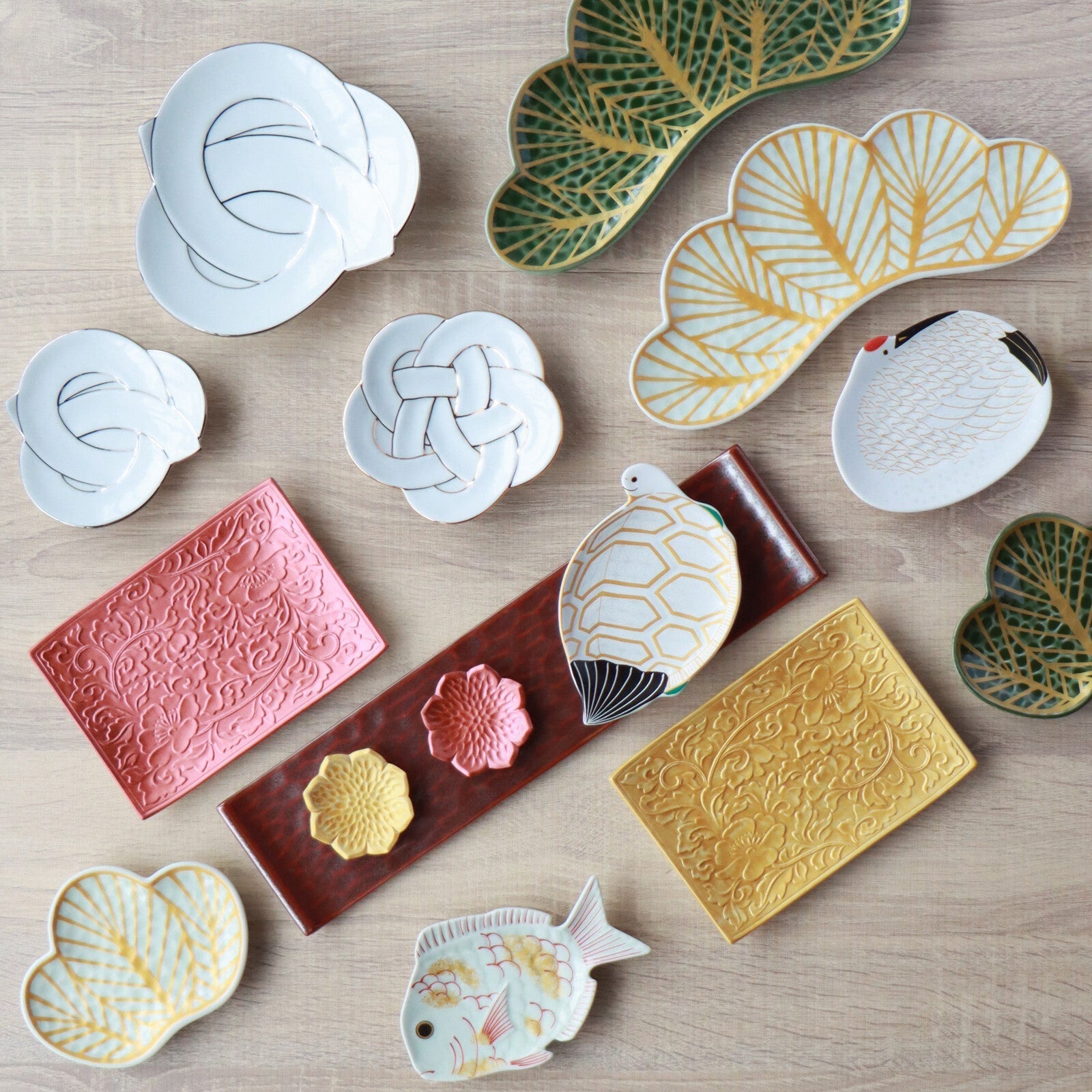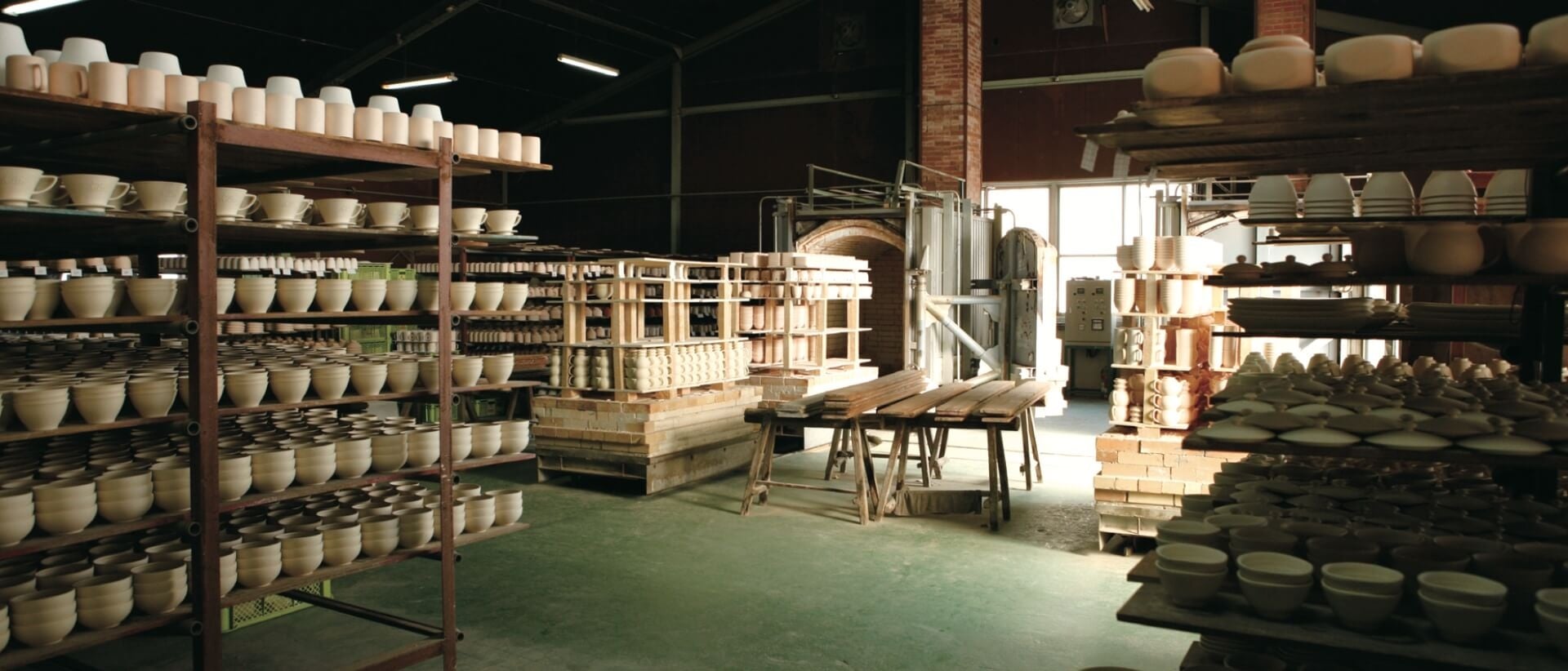
From Kurawanka to Contemporary: The Story of Hasami Ware
In our previous post, we explored the history of Arita Ware and introduced how porcelain was discovered and developed in Japan. At the same time, the neighbouring town began cultivating its enriching ceramic history - the town is called Hasami.

Unlike Arita’s opulent and intricate designs, Hasami Ware (波佐見焼, Hasami-yaki) is known for its understated, everyday style that focuses on functional simplicity and affordability. In this post, we will explore the history of Hasami Ware and its distinct aesthetic through the lens of two fascinating brands.
During the Edo Period, Hasami ware was primarily shipped out through the port of Imari, which was also the main shipping point for Arita Ware. This led to both type of ceramics being marketed under the name ‘’Imari Ware", and over time, people began referring to both Hasami ware and Arita ware collectively as “Arita Ware”. Since then, Hasami Ware has been somewhat overshadowed by Arita. However, we found that Hasami’s style are so distinctive from Arita Ware: they have the most simple and humble design where their unique beauty can be attributed to the fact that they were made by common people for common people. as time passes, some of their famous designs have been feel out of production but the role of Hasami ware in daily life continues to live on today.
The beginning of Hasami Ware
Initially, glazed pottery was produced in Nagasaki Prefecture dating back to the late 16th century. In 1599, three climbing kilns were built in the area, making the start of Hasami’s pottery tradition. Later, when Kaolin (the raw materials for porcelain) were discovered within the village the production of porcelain shifted to blue and white porcelain and celadon.
During Edo period, Hasami had the highest production of blue and white porcelain in Japan. The most famous Hasami ware include the Kurawanka Bowl and the Konpura bottle. When small venders trying to sell Mochi to ships on the Yodo River, they would ask “Mochi Kurawanka? Sake Kurawanks?” which means “Won’t you buy some mochi? Won’t you buy some sake?” in the local dialect. Since those merchants could afford those Kurawanka bowl mass-produced in the area, they are commonly used to serve food on the boats. After eating the food in them, the dishes were tossed overboard into the river.

Like what showing in above pictures, Kurawanka bowls normally have the simple blue and white pattern, but they are the essential items for understanding the history of Hasami Ware. Ordinary people started to use those Kurawanka bowls for their ordinary meals instead of admiring them as luxury goods because of their reasonable price and quality. It impacted the development of Japanese food culture. Till today, over 400 years, Hasami ware is still committed to provide easy-to-use, high-quality tableware for everyday life.
Hasami ware was born as tableware for the common people, and it has cultivated a wonderful traditional beauty using the elegance of its woven patterns. The hand-painted arabesque patterns on Kurawanka bowls gave them a bold, sturdy character, making these thick and practical pieces a defining example of Hasami Ware. Kurawanka bowls may have gradually fell out of production but the traditional techniques and the spirit has been passed down from craftsman to craftsman. Today, two brands we carry – Hakusan Porcelain and Kikusho Pottery - carry on this pound tradition.
Hakusan Porcelain 白山陶器
Hakusan Porcelain was founded in Hasami in 1779 and has existed in its current form since 1958. Led by designer Masahiro Mori, Hakusan has been the leading porcelain producer in post-war Japan. The company has a long history of producing high quality porcelain products and has been awarded as the “Good Design” and “Long Life Design” prizes.
Masashiro Mori has been recognised as one of Japan’s most prominent porcelain designers. After studying industrial design at Tama Art University, he joined Hakusan Tôki's design team in 1956. Just two years later, in 1958, he created the now-iconic G-type soy sauce dispenser, which became a hallmark product of the Hakusan brand. That same year, Mori participated in a workshop led by Finnish designer Kaj Franck in Tokyo. This marked the beginning of a lasting exchange between the two designers, later strengthened by Mori’s visits to Finland.
Mori’s design philosophy was to create tableware that could be used daily and enjoyed by many through mass production. As he once explained, “I want to give form to tableware that people can use every day… as a designer, that gives me great pleasure.” His approach had a lasting impact on the appearance of everyday tableware in postwar Japan and earned him numerous awards both domestically and internationally.
The G-type Soy Sauce Dispenser
In Japanese households, soy sauce is typically served in a specialized dispenser rather than directly from the bottle. These dispensers are essential tableware items, with many styles available. Designed in 1958, Mori’s G-type Soy Sauce Dispenser remains in production nearly 50 years later. Celebrated for its minimalist elegance and practical function—particularly its curved spout that prevents dripping—it won the Good Design Prize in 1960 and the Long-Life Design Prize in 1977. It remains one of Mori’s most recognized and enduring designs.
While the use of soy sauce has spread internationally, especially with the global popularity of sushi and health-conscious cuisine, the G-type dispenser’s timeless design also blends seamlessly into Western dining settings.
Mori worked with Hakusan for about two decades, and after leaving in 1978, he continued to serve as a design consultant for the company. Today, four designers at Hakusan continue to carry forward his design legacy. His final project was the “Wa” tableware series for Muji, which you would know the brand for its simplicity and versatility.
We (Seifuu) proudly carry several of his other timeless pieces from Hakusan, including:
M-Type Coffee Set (1973)

Double Stripe Square (1984)
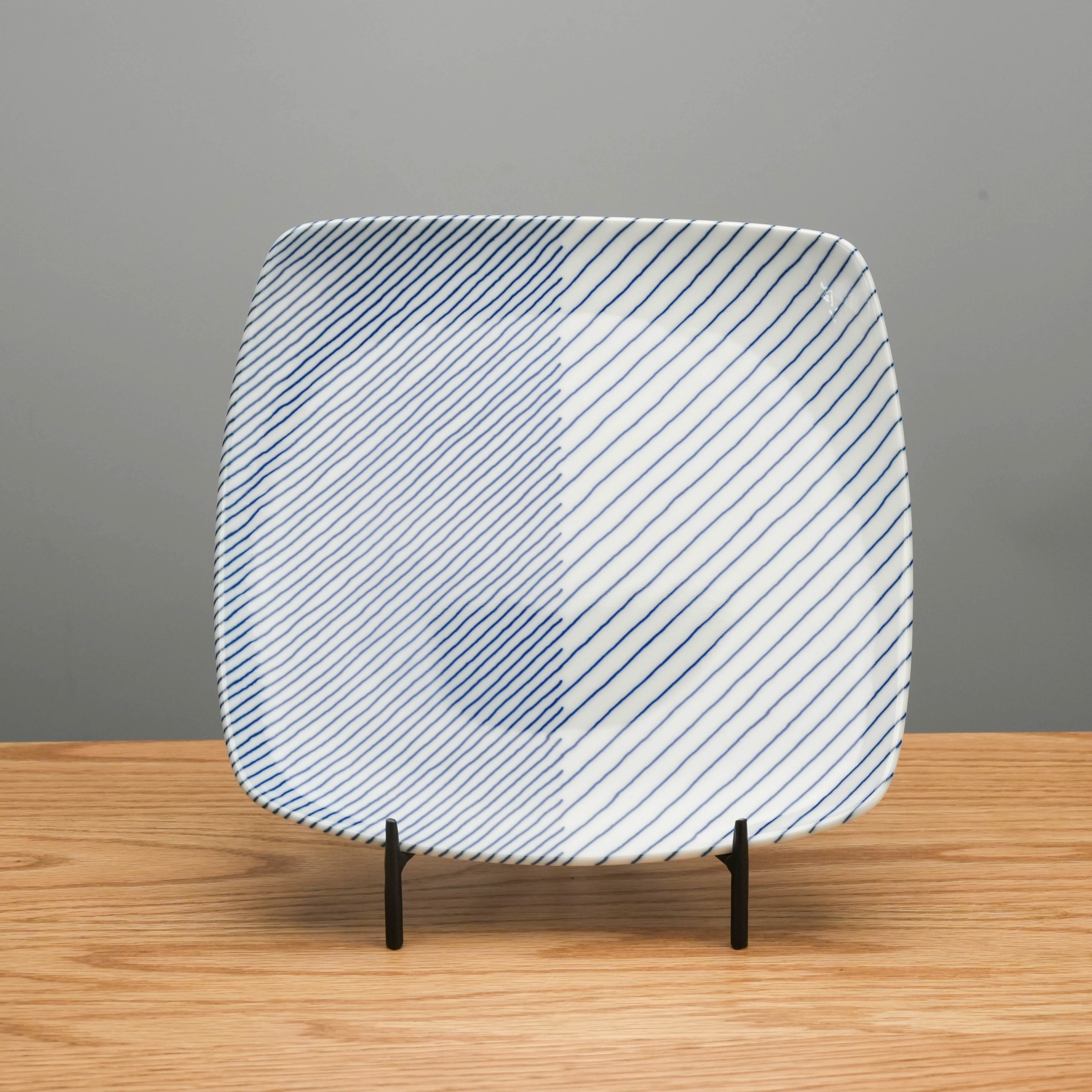
Shallow Rice bowl (1992)
Hakusan treasures that their items will be used for a long time by customers. Therefore, their production begins from the imagination of a scene when people sue the item. Not too gorgeous, nor common. New, yet somehow nostalgic.
Kikusho Pottery 菊祥陶器
Kikusho Pottery a completed different kind of brand from Hakusan. Run by a husband-and-wife team, Kikusho creates charming and casual Hasami Ware infused with warmth and personal touch. They were founded in 1997 in Kawatana, Nagasaki Prefecture. While they primarily produce porcelain, they use a variety of clays in their desire to make a wide variety of ceramics after experimenting with different ingredients and production methods, such as the clay mixture, kneading level, and firing method to suit each pottery.
 Kikusho Pottery produces casual and cute Hasami Ware by outlining the floral or fruit pattern that are carefully carved by craftsmen one by one, giving the pot a three-dimensional finish. The fruit range is light, simple and smooth which gives a gentle feeling on hand.
Kikusho Pottery produces casual and cute Hasami Ware by outlining the floral or fruit pattern that are carefully carved by craftsmen one by one, giving the pot a three-dimensional finish. The fruit range is light, simple and smooth which gives a gentle feeling on hand.
While many modern ceramic brands rely on molds and printed patterns, Kikusho remains devoted to hand-painting each piece, brushstroke by brushstroke. One of our favourite collections—Three Friendly Cats—is also entirely hand-painted meaning no two cats are exactly alike. Customers love finding their favourite chubby cat character on cups or plates.
 Even when the Three Friendly Cats series became highly popular, Kikusho chose to stay true to their values—asking distributors to wait up to a year for the next batch rather than compromise on quality. No matter the demand, they take the time to finish each piece with care and dedication. This commitment to craftmanship is something we deeply admire.
Even when the Three Friendly Cats series became highly popular, Kikusho chose to stay true to their values—asking distributors to wait up to a year for the next batch rather than compromise on quality. No matter the demand, they take the time to finish each piece with care and dedication. This commitment to craftmanship is something we deeply admire.
Although Hakusan and Kikusho operate on entirely different scales, their products and craftsmanship share the same roots. Both draw from a common tradition of Japanese ceramic artistry—valuing precision, patience, and the quiet beauty of handmade work. Despite their differences in size and production volume, the spirit behind their creations remains deeply connected.

